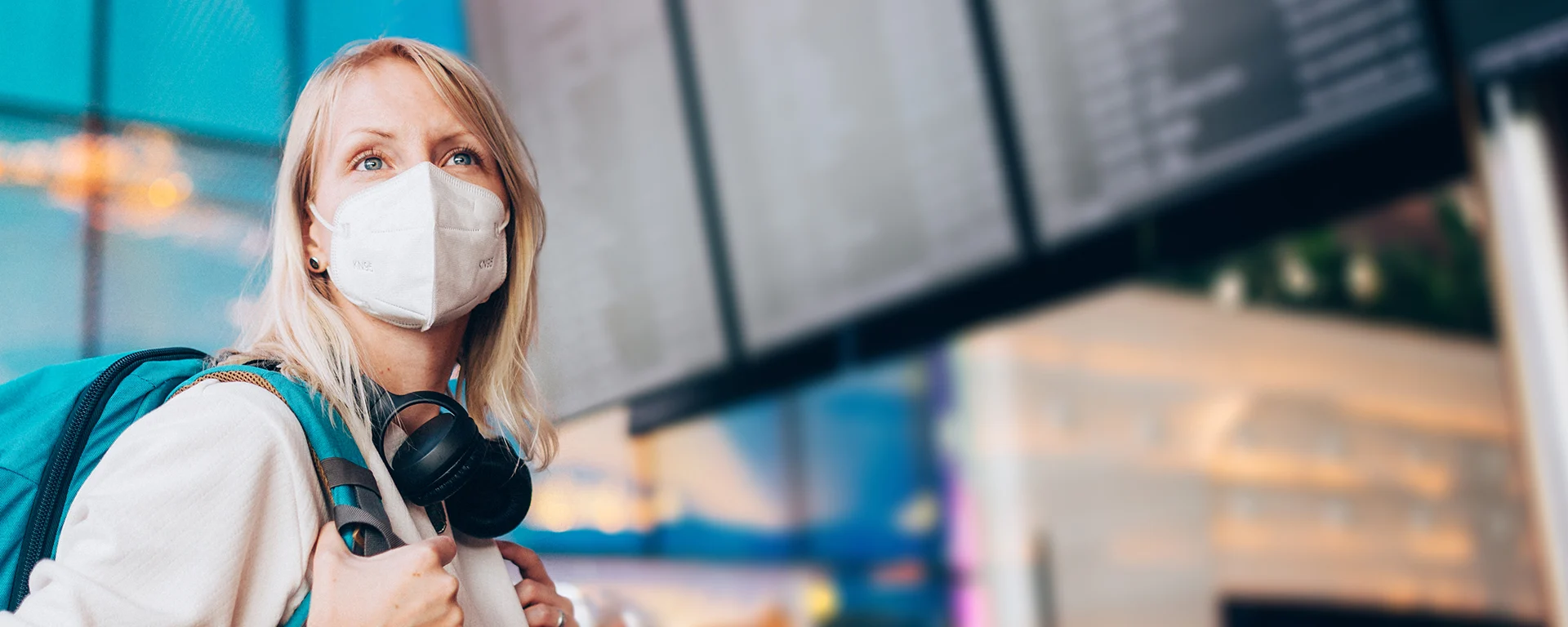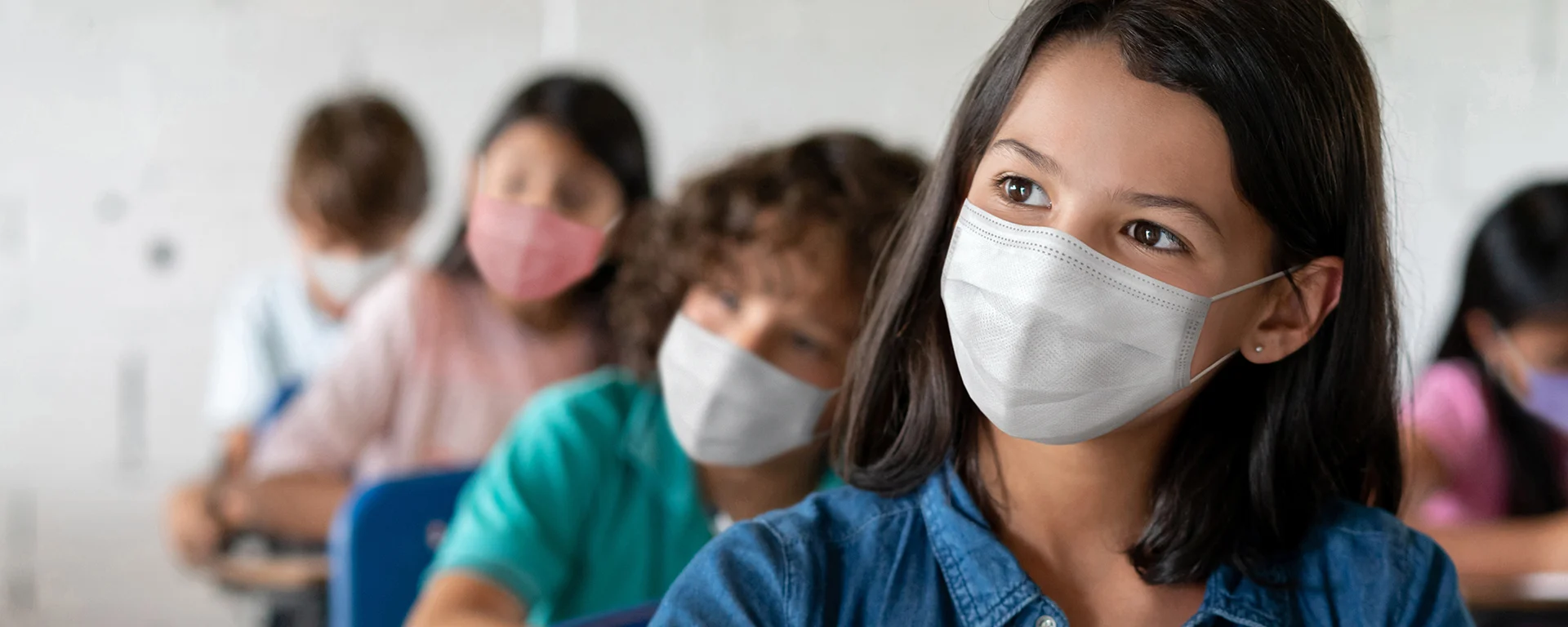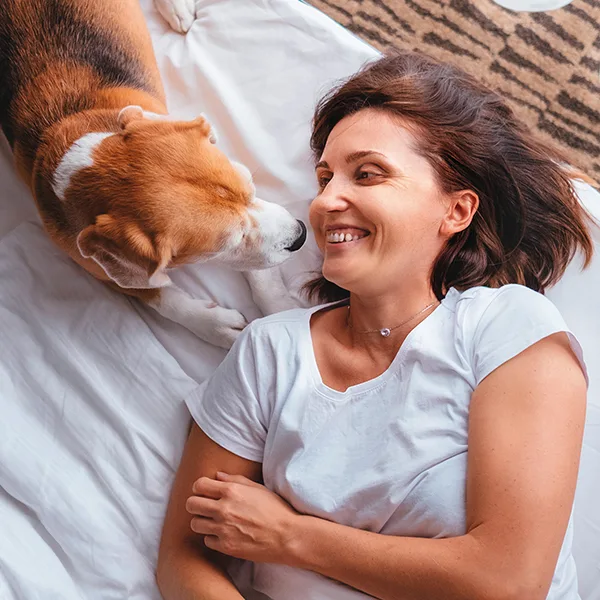Was I Exposed to COVID-19?
An app on my phone told me I might have been “exposed” to the virus. Here’s what that means — and how I think about different levels of exposure risk.
December 2022: Whenever you test yourself for COVID at home — whether you’re positive or negative — you should report your result. The results are kept private and anonymous. Every test that gets reported helps public health teams better understand where outbreaks are happening, so they can get help to people who need it.
September 2022: Because we now have a better understanding of how COVID-19 spreads, the CDC’s “close contact” definition is now to be used only for contact-tracing purposes. Even if you’re not a close contact, you could still have been exposed to the virus. To figure out if you were, think about the following:
How long were you with the infected person? Longer = More likely to have been exposed
Was that person coughing, singing, shouting, or breathing heavily? Yes = More likely to have been exposed
Did the infected person have symptoms? Yes = More likely to have been exposed
Were you and/or the infected person wearing good masks? No = More likely to have been exposed
How well-ventilated was the space you were in? Worse ventilation = More likely to have been exposed
How close was the infected person to you? Closer = More likely to have been exposed
If your answers to a few of these land you in “more likely to be exposed” territory, you were exposed. Here’s what you need to do.
For more details, see the CDC website.
Last month, I received a notification on my phone saying that I might have been exposed to the virus that causes COVID-19. Worried that I could be infected, I rushed to take a home antigen test (negative) and started to cancel plans with friends. But then I realized that I should take a step back. What did the app mean when it told me I could have been “exposed” to the virus?
What does it mean to be ‘exposed’?
What “exposed” means depends on who you ask. For the CDC, “exposure” is the same thing as being a “close contact.” It means that a person was less than six feet away from someone who’s infected for a total of 15 minutes or more over the course of a 24-hour period.
Another way to think about exposure might be the way New Zealand does, by considering two different kinds of exposure: household contact and close contact.
“Household contacts” are people who spent at least eight hours living in the same house or apartment with someone while they were contagious. It also includes people who were traveling and staying together in the same tent, camper van, hotel room, or other rented space. People who were exposed this way are highly likely to get infected, so in New Zealand, they have to isolate and test themselves.
On the other hand, “close contacts,” as New Zealand defines them, are folks who fit at least one of the following descriptions:
Were within 1.5 meters (5 feet) of someone contagious for more than 15 minutes, and were either not wearing a mask or weren’t wearing it correctly.
Had direct contact with a contagious person’s saliva or “respiratory secretions” (stuff they breathed, sneezed, or coughed out).
Spent time with a contagious person indoors for more than an hour, while any of the following was true:
The contagious person was “singing, shouting, smoking, vaping, exercising, or dancing."
The contagious person wasn’t wearing a mask, or wasn’t wearing it correctly.
The space didn’t get a lot of fresh air.
The space was smaller than 100 meters square (“about the size of three double garages.”)
People who were exposed in these ways could get infected, too, but it’s much less likely than it would be if they were living with a contagious person. In New Zealand, these kinds of contacts don’t have to isolate — but if they get COVID-19 symptoms, they have to test themselves.
So, what did the app on my phone mean by “exposed”? The app I use comes from the State of New York. It sent me that alert because I had been within six feet of someone who was contagious for more than 10 minutes — yet another definition of “exposed.”
I didn’t recall spending more than 10 minutes with anyone outside my household in the previous few days, except when I waited in line to checkout at the grocery store – with my trusty KN95 mask strapped to my face. But that’s the whole point of the app — to alert you about contacts you never noticed you had.
How I think about exposure
When I’m thinking about how risky any given “exposure” might be, there are four factors I consider:
How long did it last? The longer you’re near a contagious person, the more virus particles you’re likely to breathe in. In my case, I was standing in the grocery store line for about 15 minutes – it was a busy Sunday! – which would explain why I received that notification on my phone.
How close was I? The closer you are to the contagious person, the more likely you are to inhale virus particles they breathe out.
Were we masked? Because I had my KN95 on at the grocery store, I knew my risk of breathing in the virus was a lot lower than it could have been. Some of the other people around me in the store also had masks on — hopefully including the infected person!
What was the space like? If you’re outside or in a large and/or well-ventilated place like a big-box store or an airplane in flight, there’s a lot of fresh, clean air around. That means you may have breathed in fewer virus particles than you would have in a smaller, stuffier space.
After receiving the notification on my phone, I followed CDC guidelines for vaccinated people who have been exposed by staying in isolation and checking for symptoms (none). I tested myself five days after the exposure happened (negative), and again two days later (still negative). So while I was potentially exposed, I did not get infected. I bet it was the KN95 that saved me.






